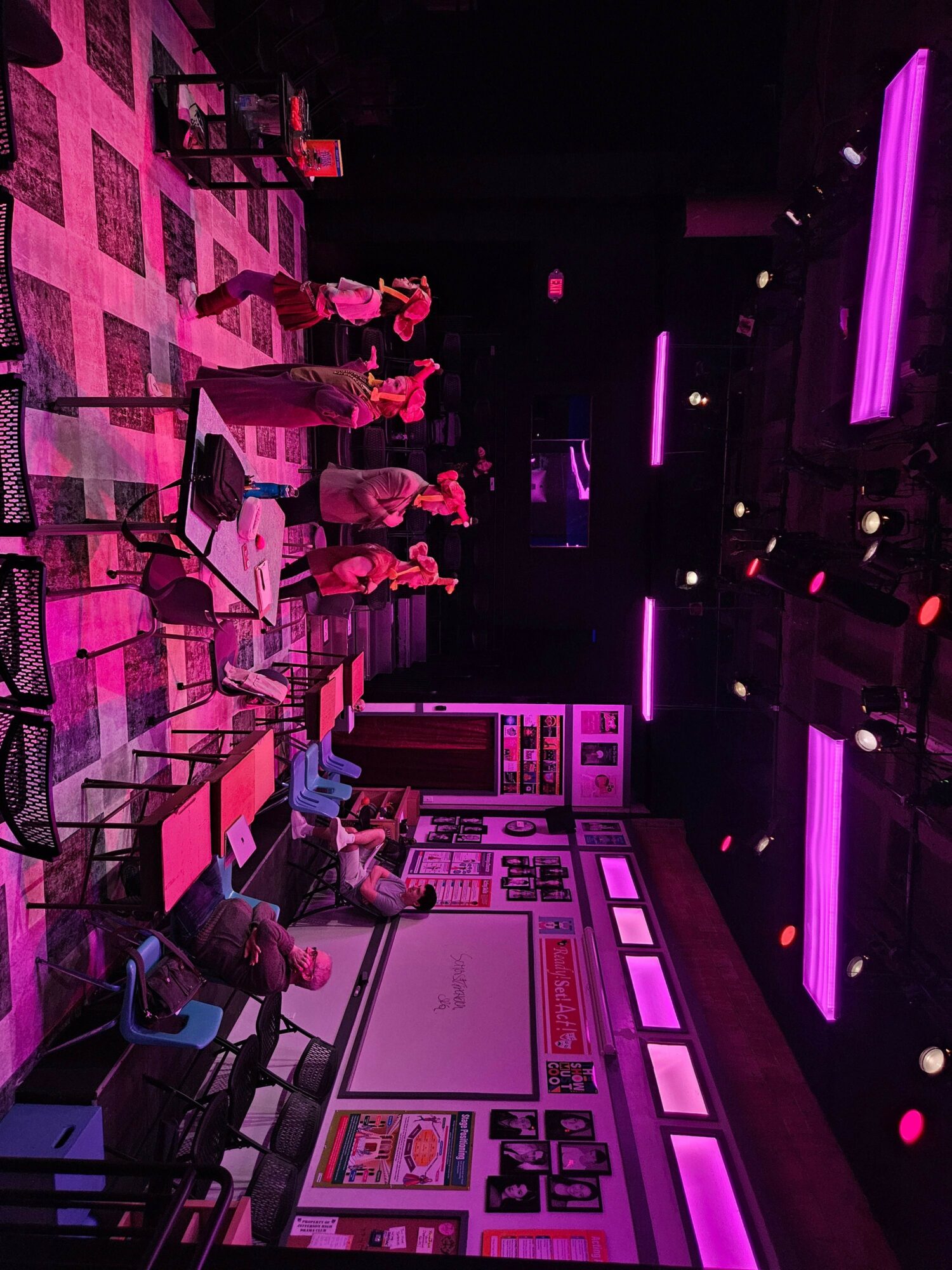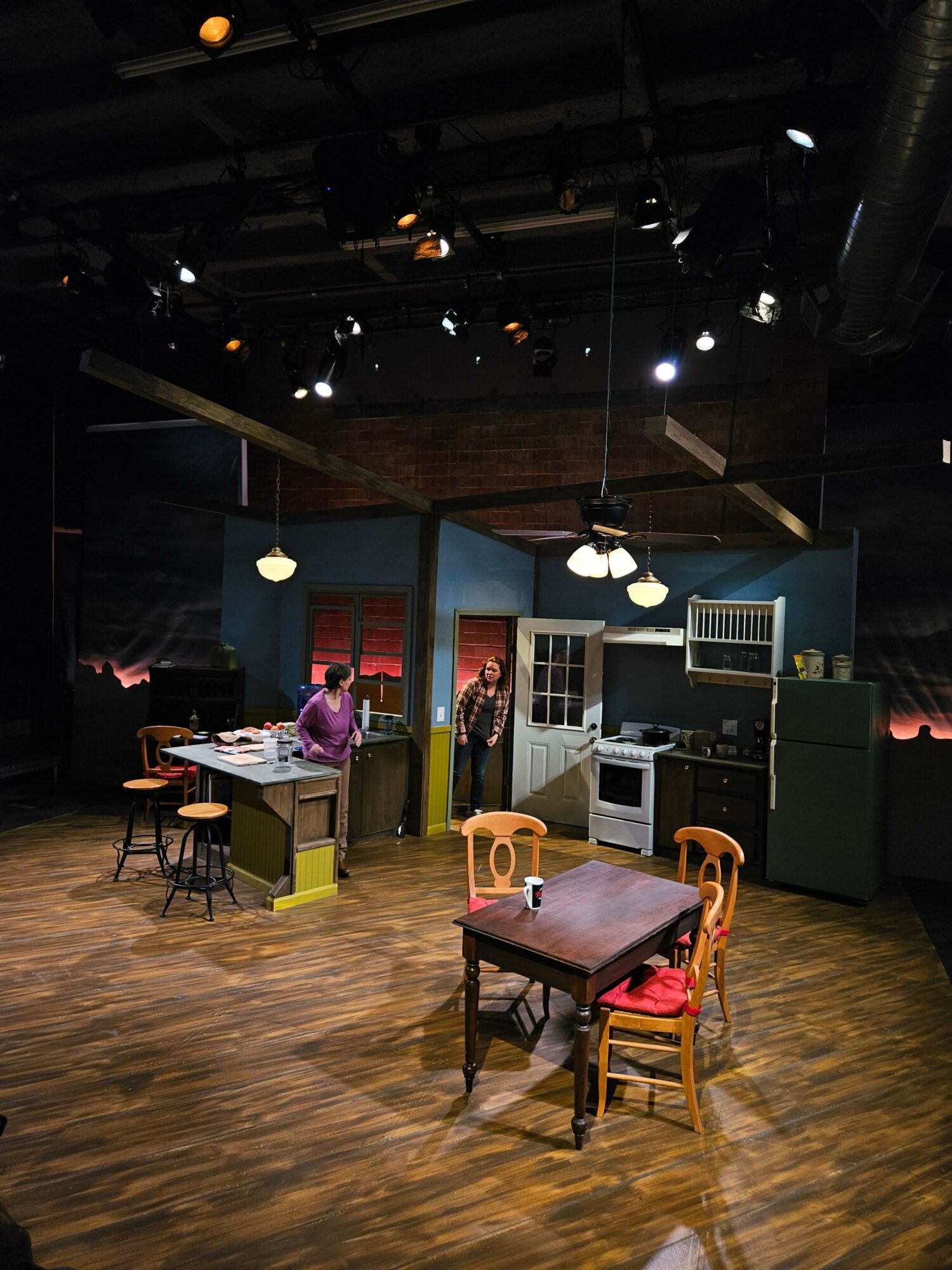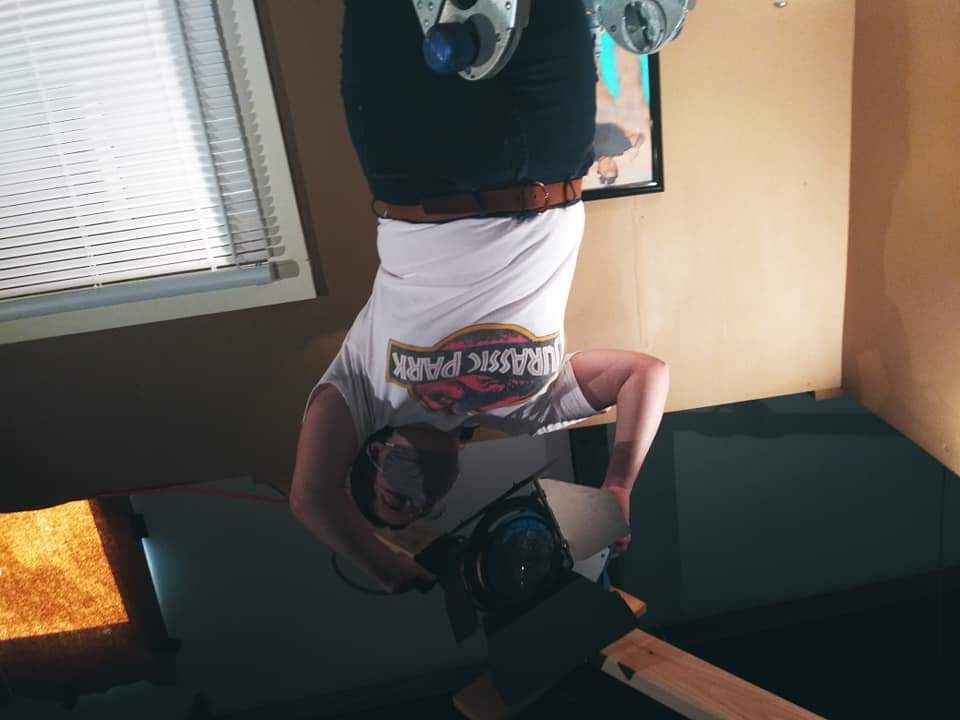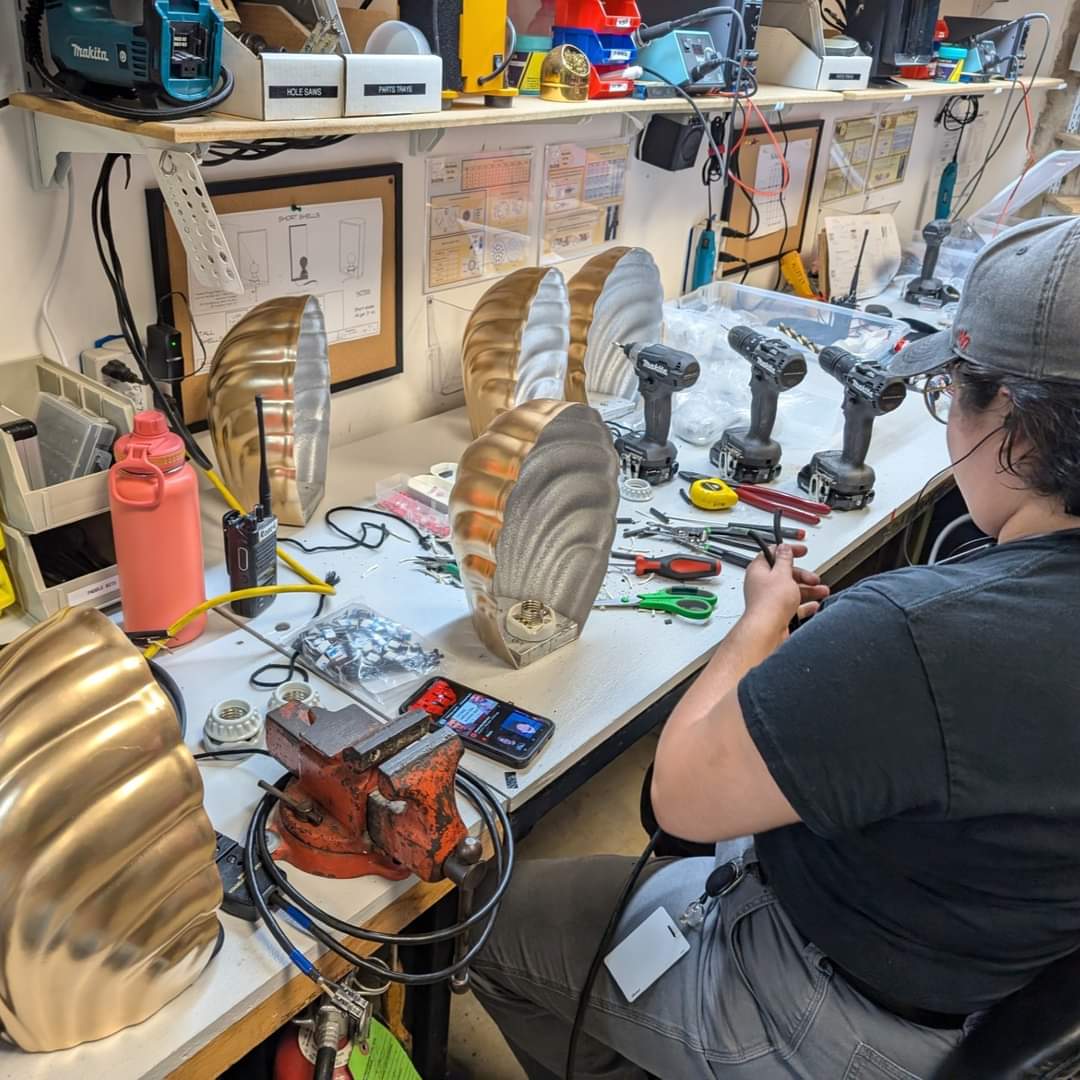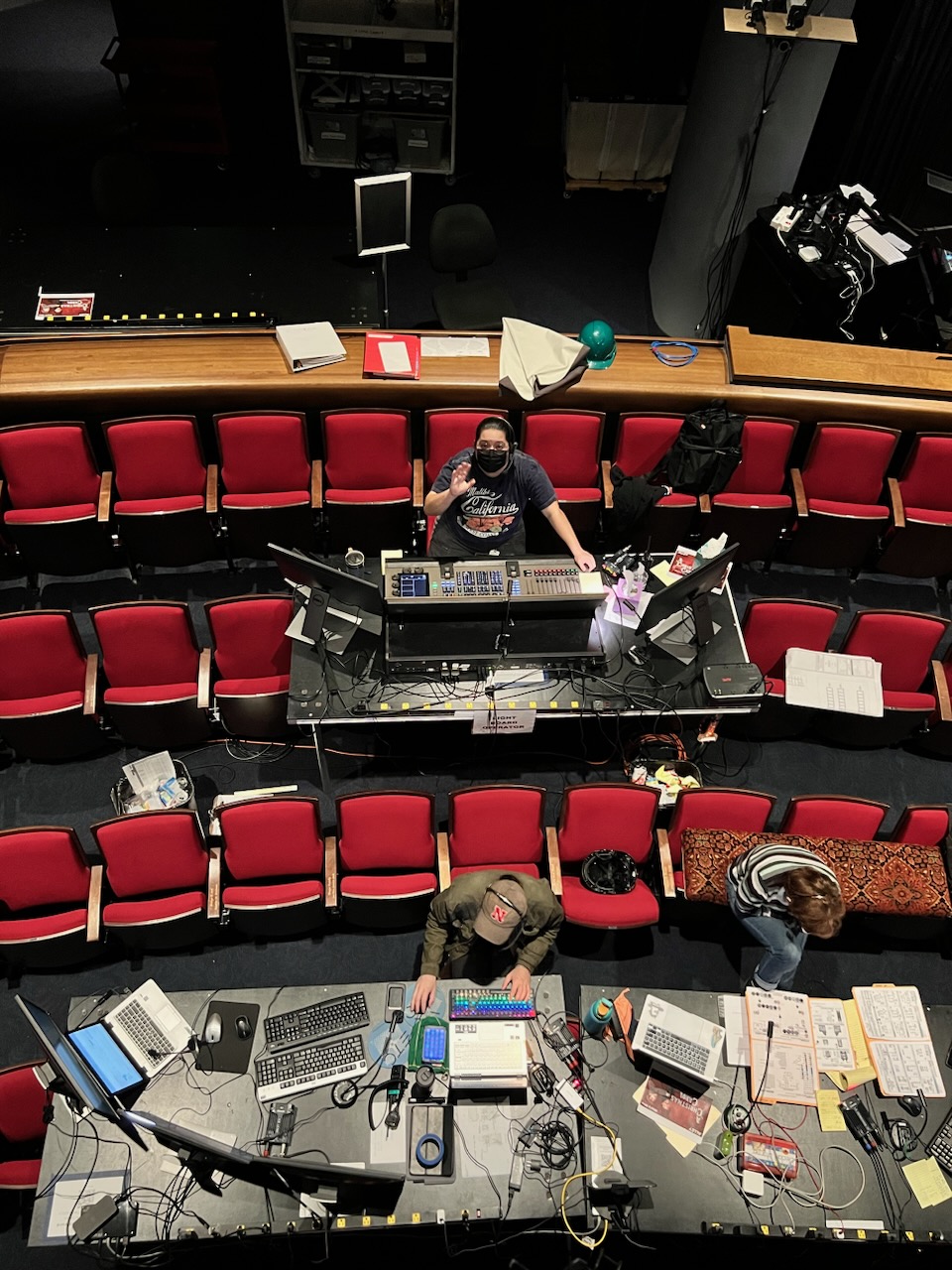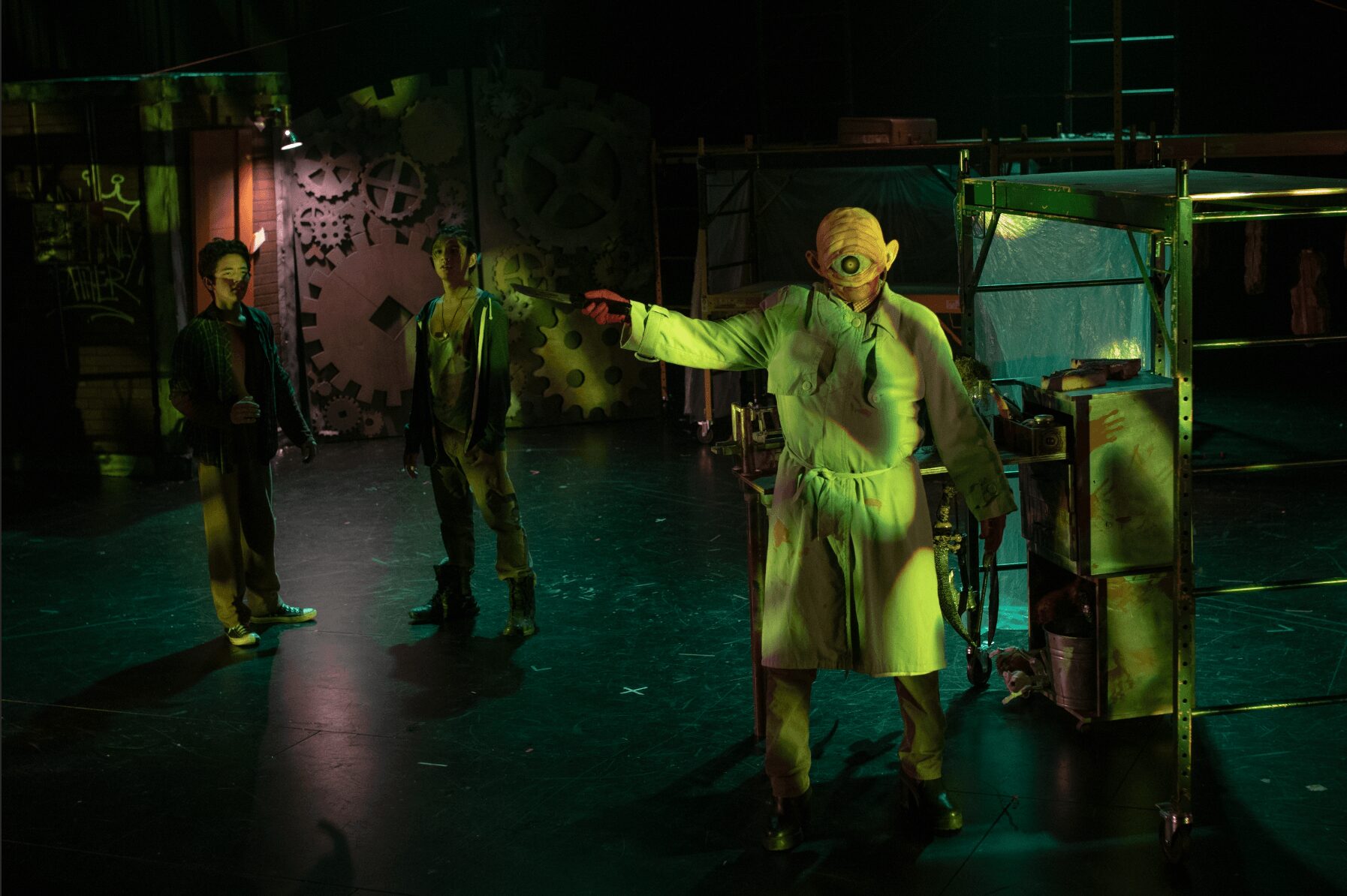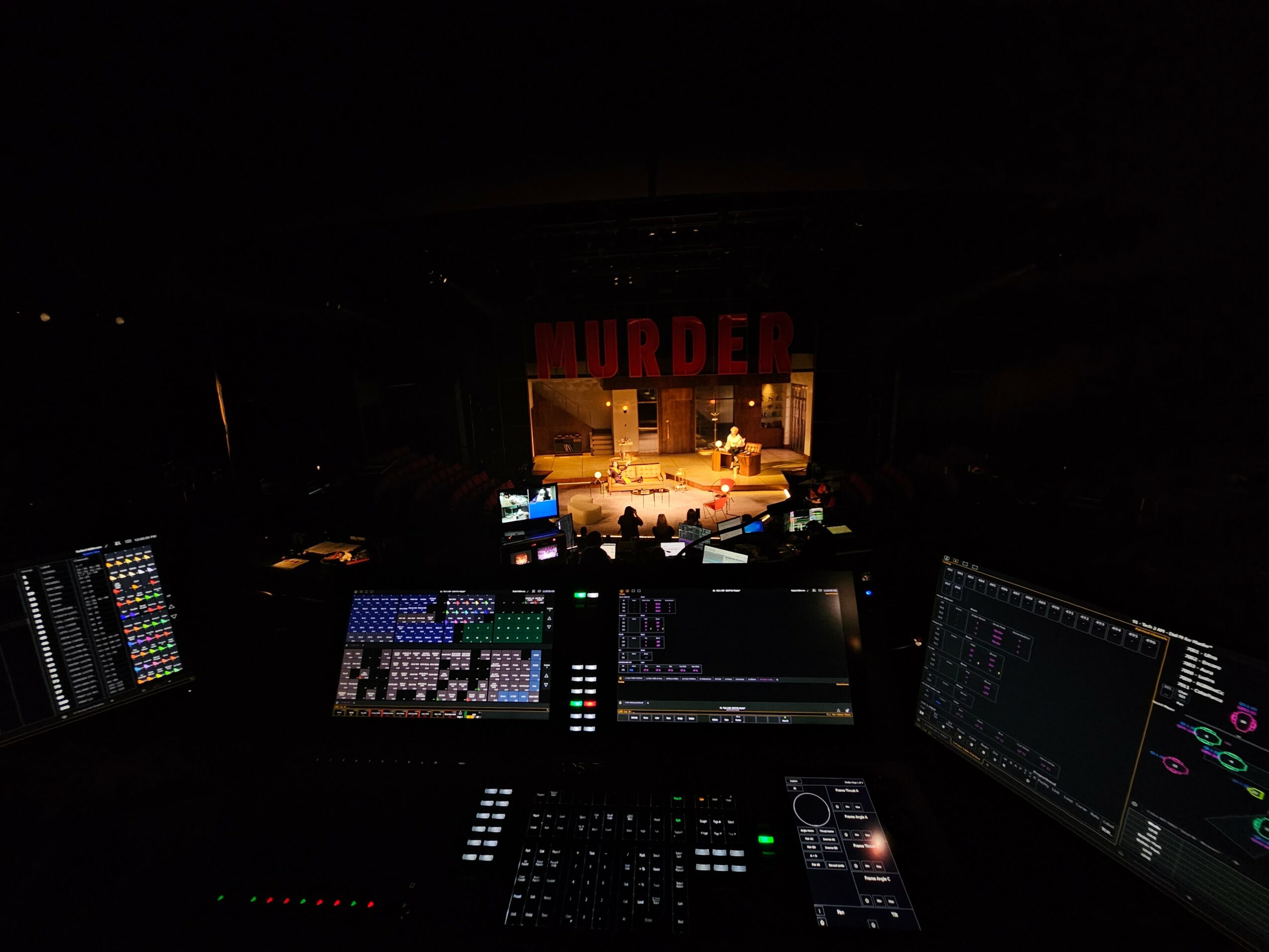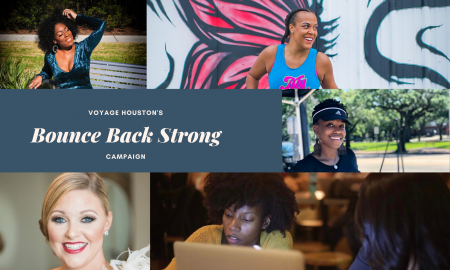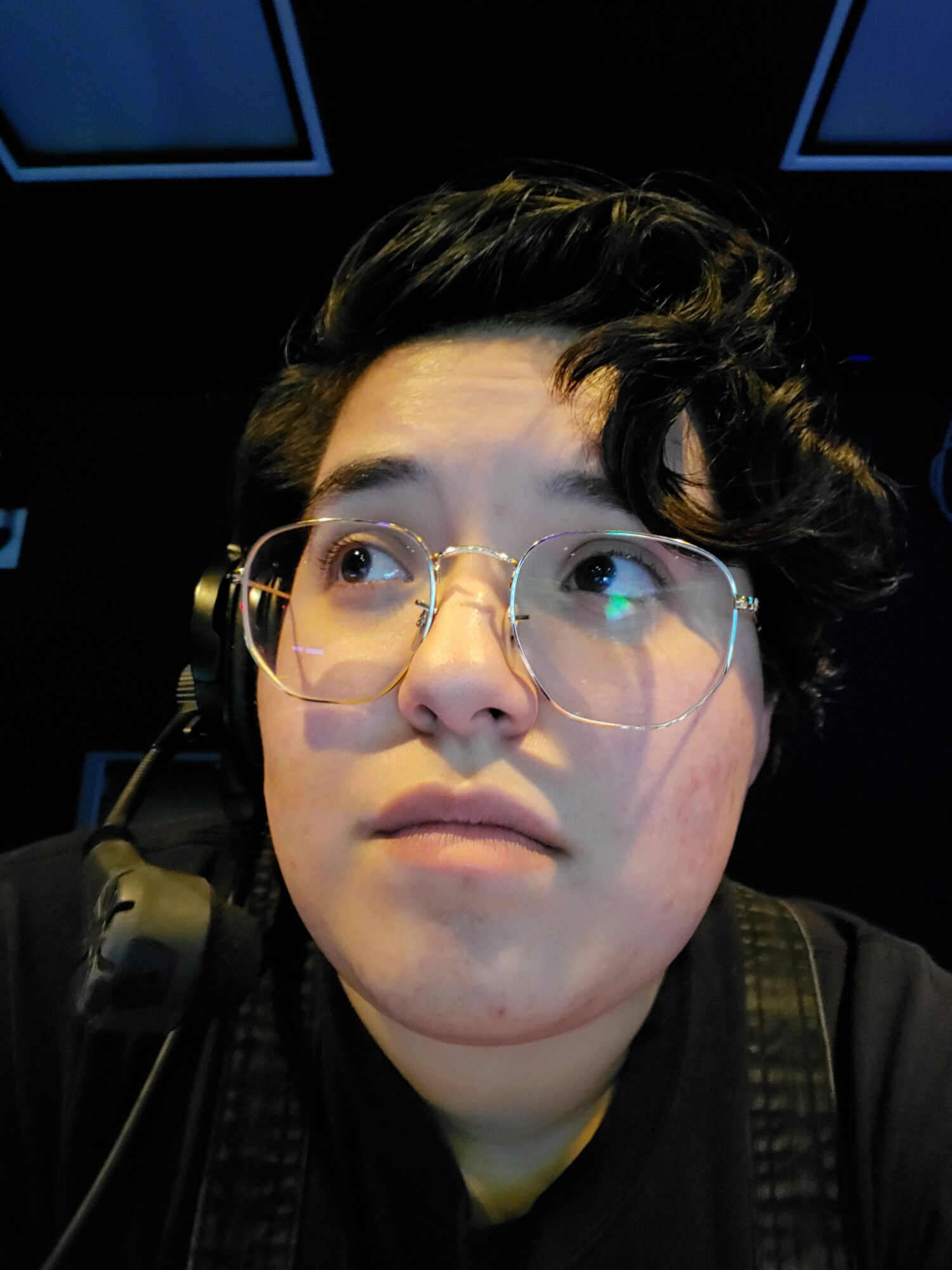

Today we’d like to introduce you to Rosa Cano.
Hi Rosa, we’d love for you to start by introducing yourself.
I grew up in Edinburg, TX which is about 6 hours south of Houston in the Rio Grande Valley. The Valley is a region that blooms with theatre, so much so that within the last five years a local awards show, The Palm Awards, has been created to recognize the talents & skills of high school theatre productions across the RGV. I got into theatre in high school before the Palm Awards were ever a thing but got thrown onto the lighting console on my first day, fell in love immediately, and never looked back.
I was the one stop shop for any High School’s lighting needs. I could design a musical or play, install everything I would need, program everything I imagined, and have a show ready and easily ran for a student who had never touched a light board before. I did this for high schools, for colleges, for broadway tours and concerts in 80 seat black boxes to 1000 seat prosceniums. I’ve worked on locally produced movies and world premiers. What started as a hobby in high school, became a degree at the University of Texas Rio Grande Valley, which became a professional career as a Lighting Technician, Board Op, Spot Op, Lighting Designer across the Valley, a Master Electrician at the Illinois Shakespeare Festival, a Resident Lighting Design Assistant at the Milwaukee Repertory Theatre, a Lighting Supervisor at the Dorset Theatre Festival, and now a Lighting Technician at Alley Theatre and a Lighting Designer in Houston.
I’m sure it wasn’t obstacle-free, but would you say the journey has been fairly smooth so far?
Unless you’re in the world of theater it’s hard to know what it is and how to get into it so when I first started thinking about getting a degree in theatre all I could think about was that I didn’t know anybody who had successfully done that. I had a lot of guilt about going down this non-traditional path, it was a big risk to jump into the arts but I realized I could do something nobody in my family had been able to do, choose something I loved that would never seem like a job for the rest of my life. Tangentially, being a woman and a Latina in technical theatre, in lighting specifically, has been a different experience for me than most in this industry. In a study released in 2021 by The United States Institute for Theatre Technology (USITT) only 33% of people working in Lighting Design and Technology identified as women and only 2% of people working in Lighting Design and Technology identified as Hispanic/Latino(a). This disparity doesn’t make it impossible to work in theatre but I’ve heard many colleagues of mine recall stories of working with men who didn’t think they could handle the workload or undermined them even while they were in a leadership role. This has never been the case for anyone I’ve worked with who didn’t identify as male, we are some of the hardest working people because we have twice as much to prove, not only that women can work just as well, if not better, in the same conditions but also that latinos are interested in taking up space in the theatrical world.
As you know, we’re big fans of you and your work. For our readers who might not be as familiar what can you tell them about what you do?
For every person you see on stage there are dozens more who contributed offstage. A typical production consists of a light plot being submitted by the Lighting Designer, we make sure all the lights we will be using work and collaborate with the props department and stage operations to create handheld or set mounted lighting fixtures, this includes candles and chandeliers, flashlights and flower crowns. Then we take about two or three days to uninstall and strike everything that was used in the previous show the day after it closes and about three or four days to install everything being used for this new show. On average we hang 300 lights, run power and data to them, make sure they have the right accessories in them. We install sconces and LED strips into the set as it is being installed. Then we have Focus which is the day we point and shutter every light to the specific area the lighting designer tells us to place it at. For the next week and a half the light board operator is programming everything the lighting designer is telling them to program as the play is being rehearsed in real time. Besides being a technician, I also design. I still do a lot of the technician labor but instead of someone telling me what to do or program I also make those decisions. I love to have a saturated design in my shows, whenever applicable. “Thanksgiving Play,” (Mar. 2024) took place in a classroom which I made as stale as possible except for whatever light was coming from my offstage windows but it also had vignettes that were set in a void that I was able to fill with color and movement to make it that much more surreal, even though those were some of the most non-fictional parts of the play. “Swing State,” (Sept. 2024) was set in a house on the prairies of Wisconsin. With not much going on in this rural America I thought it was important to showcase that time was passing and that just like the wild prairie there was no stopping it.
In both of these plays, I thought it was important to give the directors and fellow designers a glimpse at what I was envisioning, as collaboration is one of my favorite parts of doing theatre. In order to be as clear as I could about what I was seeing, I used a visualizer and crafted versions of what every scene would look like and what colors I was thinking to use for the vignettes in, “Thanksgiving Play,” and I made several different day to night transitions for, “Swing State.”
Do you have recommendations for books, apps, blogs, etc?
When I was a lighting intern with ISF I went to their library and read Max Keller’s, “Light Fantastic,” which had some very interesting chapters on color theory.
Although I haven’t read it, Jason Webber and I have talked a lot about his book, “The Lighting Supervisor’s Toolkit,” and if that book consists half of what Jason implements in his own department, everyone has something valuable to learn from it.
If you’re interested in hearing more about lighting, “Light Talk with the Lumen Brothers,” is a very popular podcast that discusses the industry in depth and if you’re interested in reading about what’s up and coming in the industry the free magazine, “Lighting and Sound America,” gave me my first looks into professional theatre and the tech that goes into it.
Contact Info:
- Website: https://new.express.adobe.com/webpage/XBqihMeb9Tcyn?
- Facebook: https://www.facebook.com/profile.php?id=100013270961918&mibextid=ZbWKwL
